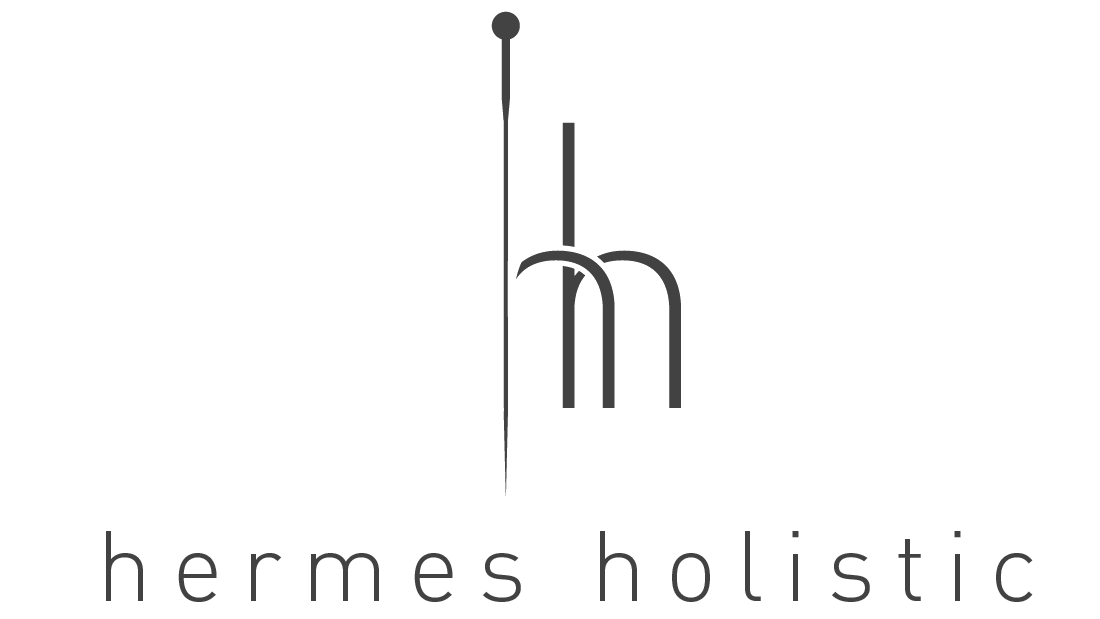Auricular Acupuncture, Battlefield Acupuncture & Veteran’s Affairs (Los Angeles, CA)
Ear Acupuncture protocol was first described by the French father of modern auriculomedicine, Paul Nogier in 1957, then confirmed and heavily researched by the Chinese NanJing Army Ear Acupuncture research team in 1958. Its origins trace back to Chinese, Egyptians, Greeks and Romans, observed in forms of cauterizing, and piercing parts of the ear’s skin and its veins to help with sciatic pain, arthritis, and sexual dysfunctions.
To learn more tap here [Ear Acupuncture]
Now, as an evidence based Acupuncture tool, it is used for pain and anxiety disorders both in the civilian and military environments. With its ability to stimulate neural reflexes, auricular acupuncture utilizes the great vasculature and nerve pathways of the ear (lots of cranial nerves including the vagus nerve) to regulate the sympathetic and parasympathetic nervous systems.
Battlefield acupuncture is a protocol of specific ear points which is formally used in war zones, VA hospitals and private practices like ours, in order to reduce pain and stress responses. [battlefieldacupuncture.va.gov]
NADA, the National Acupuncture Detoxification Association has created an evidence based acupuncture protocol which since 1985 is widely accepted and used for opioid addiction, PTSD, insomnia and depression both in inpatient and outpatient settings. [NADA.nih.gov]
I hope this provides insight and resources for you or your loved ones. We use auricular acupuncture in combination to traditional Chinese medicine acupuncture, electroacupuncture or as a stand alone treatment. If you know anyone who struggles with anxiety, depression, insomnia, pain, post traumatic stress disorder, acupuncture and traditional Chinese Medicine may be able to help.
2. Acupuncture & PTSD: Healing Through Neuroplasticity. Do you understand PTSD and Its Impact on the Brain? (Pasadena, CA)
Post-Traumatic Stress Disorder (PTSD) affects emotional regulation, memory, and stress processing due to dysregulation in key brain areas:
Amygdala: Heightened fear and threat perception
Hippocampus: Impaired memory integration and contextual processing
Prefrontal Cortex: Reduced inhibition and emotional regulation
Chronic PTSD may lead to structural and functional brain changes that perpetuate the disorder—highlighting the need for interventions that promote neuroplasticity.
Acupuncture’s Therapeutic Role in PTSD
Recent research supports acupuncture as a viable complementary therapy for PTSD, demonstrating positive effects on both symptoms and underlying brain mechanisms.
Clinical Benefits of Acupuncture for PTSD
Significant symptom reduction: Anxiety, depression, sleep issues, and hypervigilance decreased in patients after acupuncture treatment
Comparable to standard care: A randomized trial showed acupuncture's efficacy matched cognitive-behavioral group therapy in reducing PTSD severity (Engel et al., 2014)
Low side effect profile: Safe, non-pharmacological, and well-tolerated
Biological Mechanisms Backing the Effects
Autonomic nervous system regulation: Balances sympathetic and parasympathetic activity to reduce hyperarousal
Neurotransmitter modulation: Impacts dopamine, serotonin, and norepinephrine levels—key players in PTSD pathophysiology
Endogenous opioid activation: Contributes to mood stabilization and pain relief
Acupuncture & Neuroplasticity: How the Brain Heals
Recent studies highlight acupuncture’s ability to promote adaptive neuroplastic changes, even in trauma-affected neural circuits.
Key Neuroplasticity Mechanisms
Enhanced synaptic plasticity: Promotes new connections in brain regions involved in memory and fear regulation
Functional brain network reorganization: MRI studies show improved connectivity post-acupuncture, especially in areas like the default mode and salience networks (Zhang et al., 2021)
Memory-directed stimulation: Acupuncture may target traumatic memory encoding pathways, helping the brain to reprocess trauma in a less distressing way (Hollifield et al., 2024)
Integrating Acupuncture in PTSD Care Plans
Ideal as a complementary therapy: Works alongside psychotherapy, EMDR, or pharmacotherapy
Flexible delivery: Effective in individual or group-based models
Accessible & holistic: Especially helpful for veterans, underserved populations, or those seeking non-pharmacologic care
References
Hollifield M, Hsiao AF, Smith T, et al. (2024). Acupuncture for Combat-Related PTSD: A Randomized Clinical Trial. JAMA Psychiatry
Engel CC, Cordova EH, Benedek DM, et al. (2014). Randomized Effectiveness Trial of Acupuncture for PTSD. Medical Care
Zhang J, Lu C, Wu X, et al. (2021). Neuroplasticity of Acupuncture: An Evidence-Based Review of MRI. Neural Plasticity
This blog is intended for educational purposes. Always consult a licensed provider before integrating new treatments. Feel free to share!
